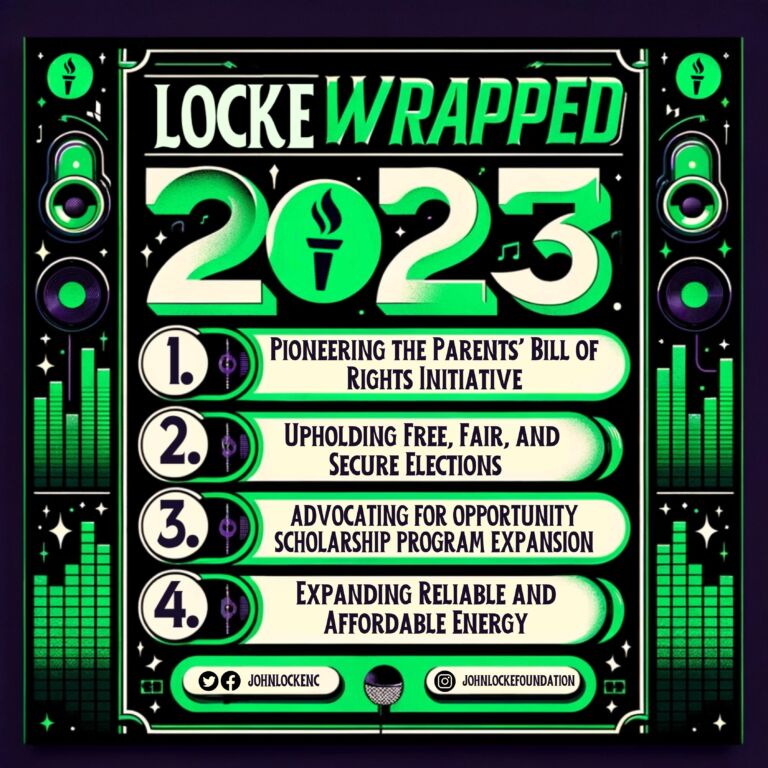Note: Whenever the editors of the News & Observer write copy-and-paste editorials about charter schools, I will do a little copying and pasting of my own.
The most recent addition to the list,
But when charter schools were authorized, the idea was that a limited number could experiment with approaches to teaching and organization in ways that might transfer to regular public schools – making charters “laboratories” of sorts. (Editorial, “Charter schools need to be true to mission,” News & Observer, September 12, 2013)
According to an editorial published in the News & Observer,
When the charter school system was created by the General Assembly in 1996, the schools were to serve as laboratories of sorts, free to experiment with courses and teaching methods that might prove useful in conventional public schools… The intention was, in other words, to create a complement for mainstream public education. It was not, most definitely not, intended to give birth to a separate public school system. (Editorial, “Keeping an eye on charters,” News & Observer, April 2, 2013)
Where have I heard the N&O say that before?
Charter schools were once regarded as special arrangements in which parents and teachers, freed of bureaucratic rules and educational traditions, could experiment with new approaches to learning. But these laboratories of learning are now mixing volatile elements. (Editorial, “Charter schools may double by 2014,” News & Observer, January 26, 2013)
Ok, but that was just an isolated incident.
The purpose of charter schools was to create laboratories for developing innovative instructional programs that improved student learning. Now, too many charters have become segregated, personality-driven and ineffective in preparing all students for the world that faces them. Some need to be closed for academic malpractice. Meanwhile, they undermine the financial stability of the public school system. (John Wilson (op-ed), “The right place for America’s charter schools,” News & Observer, June 29, 2012)
How about another editorial?
Charter schools, funded by taxpayers but independent of many standard rules that apply to North Carolina’s public schools, were established by the General Assembly in 1996. Advocates said the charters could experiment with curricula and teaching methods to help both disadvantaged and high-performing students. Charters, the logic goes, might well be laboratories, yielding innovations that would transfer to the overall public school system… But the nine new charters up for approval today include a couple of schools that have prompted justifiable questions and doubt. (Editorial, “Charter missions,” News & Observer, March 1, 2012)
I bet you can’t find the “laboratories” meme used on the same day!
Using charters as laboratories for innovation was one of the early goals, but there’s often more tension than sharing between charters and traditional public schools. (Lynn Bonner, “Controversial charters in RTP and Chapel Hill headed for approval,” News & Observer, March 1, 2012)
Oh, snap, they just keep coming!
Charter schools were initially envisioned to be laboratories for trying out new ideas and exchanging successful strategies with local public schools, but instead the relationship has been contentious, commissioners Reckhow and Karriker said. (Virginia Bridges, “Hold on charters requested,” News & Observer, February 29, 2012)
I bet you can’t find any instances that go back to 2011!
Charter schools were established in North Carolina law 15 years ago, free of many rules applying to conventional public schools. The idea was that they could experiment with methods and approaches that might one day be applied in mainstream schools. Incubators and laboratories were a couple of the images called to mind. As more schools were established, however, success rates (as measured by test scores) were all over the map, and some schools developed as almost all-white or all-minority. (Editorial “Care with charters,” News & Observer, August 5, 2011)
I meant spring, 2011…
Charter schools came to the state over a decade ago with assurances from advocates that they were to be, in effect, laboratories for public education, freed from some of the regulations in traditional public schools and thus able to experiment with different teaching methods. They were touted as allies of regular public education, in that those advocates said that some of their innovations, if successful, could be used in all schools. … Yet until the state installed some additional regulation, too many charters weren’t getting the job done, as reflected in measures of student achievement, and quite a number of charters bordered on racially segregated. (Editorial, “Charter barter,” News & Observer, April 13, 2011)
I meant March, 2011…
This legislation provides freedoms that go way beyond the original intent of establishing charters, which was to create schools that could experiment with approaches that might then benefit regular public education. (Editorial, “Charter call out,” News & Observer, March 17, 2011)
Yeah, but that last one did not use the word “laboratories.” Ha!
As originally conceived, charter schools were to be laboratories of sorts. They will be public schools, proponents said, funded by the taxpayers but exempt from some of the rules that apply to conventional schools. They can try being a school with a theme, they can use different teaching methods, have smaller classes, engage parents more in the learning process, go down whatever creative path might produce a better way for students to learn. … But Republicans in the General Assembly, who campaigned in part on a promise to lift the 100-school cap on the establishment of charter schools, are considering ideas that go beyond that. (Editorial, “Too much,” News & Observer, February 6, 2011)
That’s better.
Charter schools have virtues. Ideally, they can experiment free of some of the rules of regular public schools regarding curricula or teachers (not all require licenses). … But there are downsides that haven’t been worked out. (Editorial, “Tipping a cap,” News & Observer, January 19, 2011
Oops, they did it again!
Charters – North Carolina now allows 100, and Republicans want to raise or abolish that limit – were first sold as test beds for innovation. OK, there ought to be room to experiment, so long as students are protected from explosions and poisonous fumes. That’s one reason for the cap on their number. (Steve Ford, “Charter champions riding high,” News & Observer, November 14, 2010)
How about one more for the road?
Charters were intended to be laboratories for innovation, Harrison said last year, but they have not met that expectation. (Lynn Bonner, “Charter schools allege state bias,” News & Observer, April 27, 2010)
Attention News & Observer: Charter schools are more than just laboratories.


